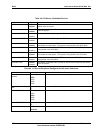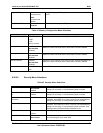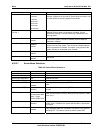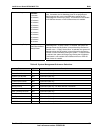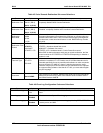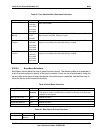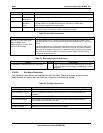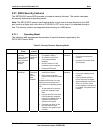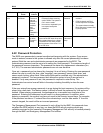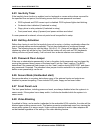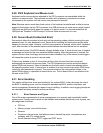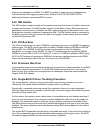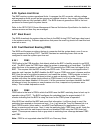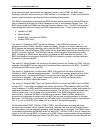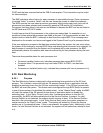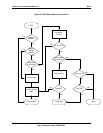
BIOS Intel® Server Board SE7501WV2 TPS
Revision 1.0
Intel reference number C25653-001
110
Mode Entry Method/
Event
Entry
Criteria
Behavior Exit Criteria After Exit
Password on
boot
Power
On/Reset
User
Password
set and
password
on boot
enabled
and
Secure
Boot
Disabled in
setup
• System halts for user
Password before scanning
option ROMs. The system is
not in secure mode.
• No mouse or keyboard input
is accepted except the
password.
User
Password
• Front Panel switches are re-
enabled.
• PS/2 Keyboard and PS/2
mouse inputs are accepted.
• The system boots normally.
Boot sequence is determined
by setup options.
Fixed disk
boot sector
Power
On/Reset
Set feature
to Write
Protect in
Setup
Will write protect the master boot
record of the IDE hard drives only
if the system boots from a floppy.
The BIOS will also write protect
the boot sector of the drive C: if it
is an IDE drive.
Set feature
to Normal in
Setup
Hard drive will behave normally.
6.22 Password Protection
The BIOS uses passwords to prevent unauthorized tampering with the system. Once secure
mode is entered, access to the system is allowed only after the correct password(s) has been
entered. Both the user and administrator passwords are supported by the BIOS. The
Administrator password must be set prior to setting the User password. The maximum length of
the password is seven characters. The password can have only alphanumeric characters (a-z,
A-Z, 0-9). The user and administrator passwords are not case sensitive.
Once set, a password can be cleared by changing it to a null string. Entering the user password
allows the user to modify the time, date, language, user password, secure mode timer, and
secure mode hot-key setup fields. Other setup fields can be modified only if the administrator
password is entered. The user password also allows the system to boot if secure boot is
enabled. If only one password is set, this password is required to enter Setup. The
Administrator has control over all fields in the setup including the ability to clear the user
password.
If the user enters three wrong passwords in a row during the boot sequence, the system will be
placed into a halt state. This feature makes it difficult to break the password by “trial and error”
method. When entering a password, the backspace key is accepted as a character of the
password. Entering the backspace key will result in a wrong password. In addition, when
entering a password, the numeric keys are not equal to the numeric keypad keys. For example,
if the password contains a ‘0’ entered from the numeric keys, and the user enters ‘0’ from the
numeric keypad, the result will be an incorrect password.
The Emergency Management Port password is only utilized by the BMC, this password does
not effect the BIOS security in any way, nor does the BIOS security engine provide any
validation services for this password. Emergency Management Port security is handled primarily
through the BMC and Emergency Management Port utilities.



